
by admin | Apr 17, 2017 | News
Alt Ethos News – Monday April 17th, 2017
On April 19th, 5:00-8pm at the Commons on Champa we celebrate the culmination of one year as a company and unveiling of our interactive LED wall. All who have supported us are welcome to partake in celebration.
Our journey has been as educational as it has been fulfilling. Working with the Commons has resulted in numerous valuable connections both with entrepreneurs and city officials seeking to connect with each other. The history behind this installation begins with then underutilized ceiling scale LED screens.
Upon the beginning of our work at the Commons, formulation of our business plan and love of optimizing existing spaces with interactive technology guided our decision to bring this to life. Through coordination with Jesse Shuler we have successfully activated the screens.
In order to achieve this it was necessary to run the Kinect to the server room controlling the visuals. After intensive calibration the display is able to react to your movements in real-time.
Our work began with the goal of creating an experience binding passersby together through immersive, organic architecture. We make new connections daily throughout these halls. Our energy is directed towards that which ultimately excites us to create and intertwine our stories.
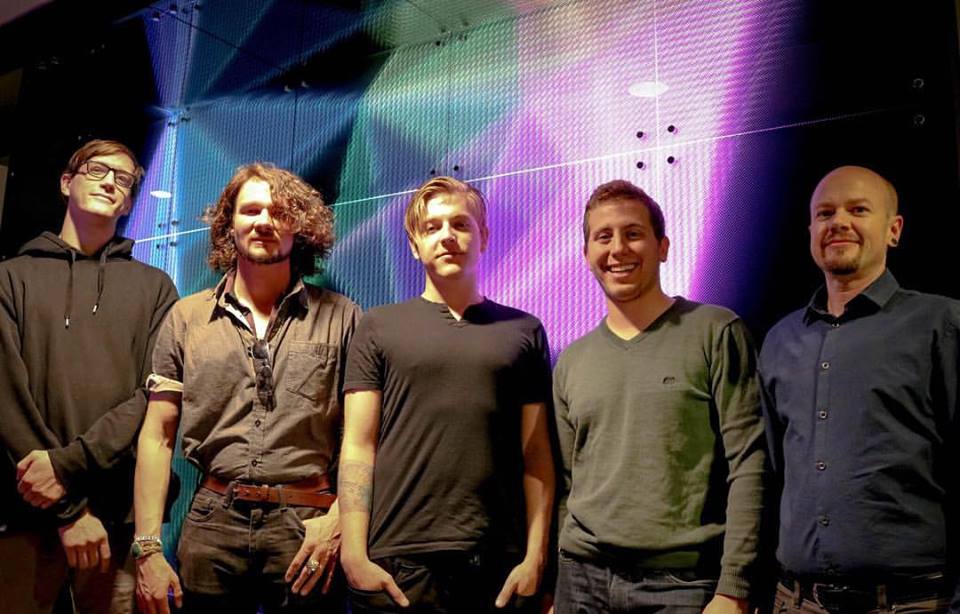
At a glance the screens sit opposite each other, silent and dark leading up to the Event Space. Floating crescents of light dance across the black panels, inviting you to cross the threshold. Once in view of the Kinect V2 sensors position information transfers with a series of servers on a feedback loop, responding to your movement. Patterns of living, colored geometry bloom on either side, trailing and shifting along with you. You’ll find yourself drawn in to linger and experiment. Imagine architecture which communicates with you. When two or more are present the shapes form in relation to the group.
Our vision is to connect people and elevate spaces to another level through the act of playful interaction. This piece is only the first step towards binding sensory engagement to practical application.
Our perceptions are formed through instantaneous sensory processing. I’d like to take a moment to talk about social play. As humans the act of playful creativity forms our experience. Group play has been shown to increase mental and physical adaptivity and strengthen social bonds, ultimately enhancing the hours of our lives. Here Jane Gonigal, a game designer speaks at TED about the importance of expression through the act of play.
We’re proud to have accomplished this installation which not only invites you in but most importantly invites you to play. We invite you to express yourself and connect with others on a deeper level. Next up we plan to activate the projection area on the right of the Event Space.
So come join us, express yourself.
We also have a special announcement: Congratulations to our CEO Ethan Bach and COO Eric Davis who recently graduated from SBDC’s Leading Edge business accelerator program. Our business plan has been selected to be entered into a state competition and be evaluated by Wells Fargo. We are thoroughly proud of their dedication and excited for another sign of great potential.

Matt Maes is a Denver animator focused on immersive and interactive technology. He is Chief Influence Officer of Alt Ethos, Ltd and is also an executive member of the nonprofit organization Denver Arts and Technology Advancement (D.A.T.A.)

by admin | Apr 5, 2017 | News
Alt Ethos News – Wednesday April 5th, 2017
Since the inception of our company in April 2016 our mission is and has been to use interactive technology to bring people together. We’re dedicated to advancing awareness of interactivity to the public. Since then we’ve gained a massive amount of support from Denver city government and industry leaders. In order for us to achieve this we’ve made a key focus of becoming part of the creative tech community both in Denver and outside, gathering as much knowledge and insight as we can to boost our abilities and ultimately enhance Denver.
In January Paul Elsberg – CSE Chief Sales Engineer / Creative Developer attended New Orleans’ INST-INT conference, an annual gathering of interactive technological exhibitions showcasing practical creative applications drawing together diverse groups of people; In other words, right in our wheelhouse.

INSTINT EXPLORES THE ART OF INTERACTIVITY FOR OBJECTS, ENVIRONMENTS AND EXPERIENCES.
INST-INT is a one of a kind, world renowned annual conference which draws in eclectic A-list interactivity pros and attendees with exhibits of Installation & Interactive Art, Experience Design, Responsive Environments & Objects, Interactive Exhibits & Displays, Creative Coding, DIY Making & Hacking, Architecture & Technology, Sensors & Wearables.
Matt Maes – CIO Chief Influence Officer / 3D Generalist previously participated in MIT’s “Reality, Virtually, Hackathon!” which according to Network World’s Steven Patterson set a record for the largest VR/AR hackathon.

He later continued his game development experience in the Global Game Jam hackathon, an open competition organized across the globe with a focus on bringing gamers together to create work which engages them to act as part of a team. Maes has also been extended the opportunity to speak on the VR/AR panel at GlobalMindED conference in June. GlobalMindED is a nonprofit organization focused on increasing the success rate of first generation college students, connecting graduates and employers.
On April 19th at the Commons on Champa we’ll be presenting Our Vision for Denver and celebrating our One-Year Anniversary as a company. Our CEO Ethan Bach will be speaking on our vision for the future of Denver as an international hub for innovative experiences with media in the physical realm.

We’ve lived, worked in and experienced Denver for years and now our plan is to use this technology in collaboration with government and industry leaders to establish Denver as a mecca for creative, connected experiences. Bach has experienced a fascinating journey within immersive media, art, activism and ultimately bringing his knowledge and experience as CEO of Alt Ethos.
After the presentation we’ll be celebrating our one-year anniversary with drinks, hor d’ouvres and the unveiling of our interactive LED wall located at the end of the hallway leading to the Event Space. Our installation utilizes Kinect sensors to synchronize with your movement patterns, mirroring a variety of positional effects on opposite LED screens in real-time.
Our purpose behind this installation and our work at large is to design intimate experiences within groups of people. Our sense of reality is determined by how we process our senses. Engagement in an active and playful vs passive experience brings us to a higher state of awareness which we normally wouldn’t experience in our day to day lives – An experience which suspends you for a moment, embracing all and saying “This is about you. You are included and important.”
In our research we’ve stumbled upon some staggering and encouraging facts which shine a light in the direction of our purpose:
- Customer Experience is the future of design. Adopting practices that elevate the customer experience will undoubtedly produce a return on investment and provide a steady foundation for your brand.
-UX Magazine, 2016
- Experiential Design activates chemicals in the brain: Dopamine, oxytocin, serotonin, and endorphins; These increase happiness, productivity, and customer loyalty.
-The Neurochemicals of Happiness, Psychology Today and Technology Advice
- Experiential Design increases brand awareness by 81% and increases a deeper customer involvement by 57%
-Brand Survey, Report Event Marketer, 2015
- Millennials spend $3.3 billion annually in Colorado. $2.2 billion annually in Denver alone.
-The Millennial Influence in Denver, Development Research Partners and Census.gov, 2016
The Commons on Champa

Over the past two years our company has had the privilege of working out of the Commons on Champa, downtown Denver’s small business entrepreneurial hub. For all of the recent positive signs our current success wouldn’t be possible without their support.
The Commons on Champa represents a partnership between the Downtown Denver Partnership, Colorado Technology Association and the city of Denver. The Commons parallels the openness given by its name in its practices by providing resources and workshops to holding high tier events, stapling its name as Denver’s most openly centralized habitation space for Denver’s future entrepreneurial leaders. We’ve taken in a great amount of insight and support from mentors and other key influencers into what it means to connect progressive minds together. We’d like to shine a spotlight on their work and share words from the man who runs daily operations, Jesse Shuler.
Jesse Shuler – Building Coordinator manages the Commons day-to-day operations with a keen mind and a light heart. Jacqui Dietrich – Program Manager lends her entrepreneurial insight into functions which staple the Commons as an environment which fosters small business growth. Together they’ve allowed a solid place for us to excel, developing a close relationship with us along the way.

We recently had the opportunity of interviewing Shuler for an in depth talk on the Commons’ amazing set of resources which he describes as “A public private partnership which became Denver’s first public campus for entrepreneurship. When we opened our doors we wanted to create a campus which is gonna supply entrepreneurs with all the kinds of tools they’re gonna need – A place where anyone is welcome. We really wanted to lower the barrier with access to great resources like mentorship, the US Patent and Trademark Office, the Small Business Administration, or amazing space which has great technology, a great community and just feels right to work in.”
The Commons was established and aims to “Act as a blueprint that anybody can use. The mission is wholeheartedly to authentically create a hub which showcases Denver’s commitment to the entrepreneurial community.” – Spot on statements on a remarkable space.
Shuler also had encouraging words for our company and his insight into interactive technology: “The market is demanding new and progressive ways of connecting with people. What I’ve seen is that the standard marketing techniques are pretty tapped out. The market demands for something to change and be more progressive and Experiential Design does that because it connects to people on a more human level – it taps into your senses, your emotions and your sense of time and space. Experiential Design tends to resonate with people a lot quicker. It spikes out of the status quo. Experiential Design takes you out of what is the day to day and the normal and gets you thinking a lot bigger, more creatively, and it creates a lot more platform for opportunity to expand your brand.”
We asked for his insight on what blend of skills best dictates success in our industry and for entrepreneurs as a whole: “A skill that is very important is to pay attention to what the market is demanding. Take your skill set, your knowledge, your expertise and supply what the market needs. If you’re able to be flexible and pivot and think big I think that’s a huge need especially for folks in Experiential Design.
He also had some warm words on our history together: “It’s been really fun to get to know the Alt Ethos team. I’ve loved the experience of taking what technologies we have on our own campus and overlaying it with the Alt Ethos ideas and seeing what happens from it. It’s been really fun to think creatively and think big on how we can explore the technology.”
Thank you Jesse and all at the Commons. Here’s to many successful times ahead.
Matt Maes is a Denver animator focused on immersive and interactive technology. He is Chief Influence Officer of Alt Ethos, Ltd and is also an executive member of the nonprofit organization Denver Arts and Technology Advancement (D.A.T.A.)

by admin | Jan 1, 2017 | News
At the beginning of June, I went to Montreal for the first time. I was invited to spend the week at the IX Symposium, immersed in a culture of techno-nerds, 360°-geeks and audiophiles. Just my type of people.
The IX Symposium is a conference of sorts, discussing and blurring line between technology and art, hosted in a place called the Society for Art and Technology (known and referred to in this article as the SAT). According to the SAT’s website, it is;
“A gathering place for diverse intelligence, curiosity, knowledge and talent, … a live[ing] creative laboratory whose unconventional experiences bring together the tangible and the unexpected.”sat.qc.ca
Located on the third floor of the SAT and pertinent to this article is what is known as the Satosphere, a fully immersive 80 foot digital dome. I’ll let them explain;
“Within its 4,400m2 premises one can find the Satosphere, a permanent modular dome, dedicated to the development and presentation of 360° immersive experiences. With a diameter of 18 meters and height of 13 meters, filled with 157 speakers, this unique equipment complements the studios and workshops housed inside the SAT.”sat.qc.ca
What follows is my experience. Spoiler alert – it was amazing.
Quick facts about the Symposium itself:
- A five day event, focused this year on the audio aspect of creating immersive content.
- An assortment of hands-on workshops, lectures, and panels in the day, followed by screenings of curated art pieces, demos, and performances at night.
- Anytime throughout the day, one could stop in at the VR Lounge, a space dedicated to displaying newly released virtual reality content on an array of different devices.
This blog will cover three themes: The culture, the art, and the technology.
PART I: THE CULTURE
The first thing I noticed when I stepped off the Metro in downtown Montreal was … graffiti. A beautiful mural, carefully composed to cover a three story wall with skillful imagery. I would come to know that wall very well. That, and the probably near one-hundred other equally beautiful and equally composed other murals that pop out of nowhere in Montreal.








If you look closely, the art around Montreal will tell you of a city that is engaged, open-minded, and truly centered around its art, in all its forms. There are multiple museums, more public displays than I could care count, and even a dedicated complex underneath the streets of the city (named Place Des Arts) that was seemingly built because there wasn’t enough room above ground for all of the art.
Henry David Thoreau wrote that “this world is but a canvas to our imagination.” If that’s true, the citizens of Montreal have a vivid, deep and colorful and twisted imagination.
One of the most imaginative things about Montreal is the Society for Art and Technology. For the last 20 years The SAT and the devout people who call it home have been researching, experimenting with, and generally exploring the deepest waters of digital art.
I sat down with the President and Founder of the SAT, Monique Savoie, as well as Luc Courchesne, artist and Co-Director of Research at the SAT, to talk to them about the history, culture, and ideals behind the facility.
By happenstance, it seems that the Society for Art and Technology was created out of a whim. More than twenty years ago, after attending ISEA, the International Symposium of Electronic Arts – which is hosted in different cities around the globe – Monique and Luc arrived back in Montreal with a desire to create a permanent home for the kind of thinking going on at that conference. So, the prehistory of the SAT came about in 1995, when they hosted the ISEA ‘95 Montreal, and crammed more than 1,000 people and 140 interactive installations together for a week of discussion and exhibition. When they pulled the plug after the conference ended, they decided to keep the energy from it going, and morphed into the Society for Art and Technology.
The culture that flourished around it is and was one with a foundation of open sharing, collectivism, exploration of new mediums, and a purposeful collision of the worlds of art & technology.
One thing I learned about Monique Savoie is that nothing stands in her way. Rumor has it she is going to be the first mayor of the first virtual city. I guess technically she’d be a virtual mayor.
PART II: THE ART
The tricky thing about immersive and virtual reality media is that if you aren’t actually experiencing it, it is almost impossible to visualize. In this next section however, I will try my best.
Imagine if you will, what the great abstract artists of history – Pablo Picasso, M.C. Escher, Salvador Dali – would have had dreams about. Walking around in one such dream would be similar walking around in the art pieces presented in the Satosphere at the IX Symposium.
And literally, you can walk around in them. The 60 ft diameter dome known as the Satosphere, even when full to capacity of people, leaves plenty of room to move, and even when they roll out floor seating for more artistic and introspective pieces, people still explore. In my observation, it’s a great social experiment; encouraging people to interact within and experience an altered state of reality, and in fear of sounding overly cliché, shift their perspectives way outside the box.
OO or Ocular Oscillation by Alain Thibault (CA), Patrick Trudeau (CA) and Jean-Sébastien Baillat (CA)

Chronophage by TiND (CA) and Création Ex Nihilo (CA)

Morphogenesis by Can Buyukberber (TR) and Yagmur Uyanik (TR)

Inertia (live) by Desaxismundi (FR) and Terminal Wolf (CA)

Versus by Nonotak (Noemi Schipfer + Takami Nakamoto)

Sig.Int by Julien Bayle (FR)

PART III: THE TECH
The art of immersive and virtual reality has certainly progressed a long way in twenty years, as the technology has evolved. It is analogous to video games in that matter. In 1995, we had Donkey Kong, along with the Virtual Boy and the Virtual IO Glasses. In 2016, we have No Man’s Sky, alongside the HTC Vive and Oculus Rift. These two industries seem to be intimately linked.
That link, it seems, is the art of storytelling. The goal is to convey a message, to share an experience, to place an observer into an event. And as technology advances, the more immersed and engaged the observer can become. Enter both the fulldome/virtual reality AND video game industry.
Throughout the symposium, a number of new and emerging technologies were showcased that just may innovate the industry. Below are a few of the more notable and exciting software developments. Be on the lookout for these innovative solutions in the coming months and years.
StellarX – OVA

StellarX is an brand new platform for creating virtual and augmented reality applications. It is similar to game development platforms such as Unity 3D or Unreal Engine, but optimized and designed for virtual reality. Where traditional platforms focus on video game integration, StellarX drives home the notion of virtual reality interaction.
Check out their website at http://www.stellarx.io
Enzien Audio – HEAVY

github.com/enzienaudio
HEAVY is an amazing audio tool for anyone with experience using the open-source platform known as Pure Data, and is wanting a better solution for reactive sound in their Unity 3D project. What HEAVY can do seems to be only limited by your imagination. Simply by adding a few objects from their library to your Pure Data project allows a developer to convert the project into a workable Unity 3D component. Easily add interactive sound to your video game or digital environment.
Get the toolset now at https://github.com/enzienaudio
Splash – (Open Source Video Mapping Software)

Splash is an application developed at The Society for Art & Technology by Emmanuel Durand, and is how they map their live visuals to the Satoshpere. It is an open-source video mapping software that is built to handle any number of outputs (projectors), features semi-auto calibration, and automatic color blending. As well, Splash has been tested successfully with a 6144×6144 at 30Hz video mapped through 8 outputs. The fact that this software is free blows my mind.
Get it now at https://github.com/paperManu/splash/wiki
Eric Davis is an audio/visual artist, focusing on real-time interactive and immersive applications and experiences. He co-founded and is the COO of Alt Ethos Ltd., and is also a co-founder and executive member of the nonprofit organization Denver Arts and Technology Advancement (D.A.T.A.). He lives in Denver, Colorado.
Photo credits:
- ELEKTRA Festival // flicker.com // Photo © Gridspace
- Société des Arts Technologiques [SAT] // facebook.com // Photo © sebastienroy.ca
- Nonotak Studio // nonotak.com
- Julien Bayle // julienbayle.net

by ethanbach | Oct 1, 2015 | News
BETA emerging technology arts and Fort Collins Museum of Discovery invites you to MORPHOS, an immersive audio-visual experience featuring the world premiere of new experimental immersive video art in the Otterbox Digital Dome and Gates Planetarium. MORPHOS will take the audience on a unique digital journey from generative graphics, a hypnotic experience, and live digital mash up as art becomes life in the immersive world. This unique 360° experience will have two shows Friday, October 16, 2015 at the Fort Collins’ OtterBox Digital Dome Theater and Sunday, October 18, 2015 at Denver’s Gates Planetarium. Doors open 6:30pm, show starts at 7pm and runs until 9:30pm.
 MORPHOS will highlight six international artists in residence’s new work and a reel of international artwork curated by Ethan Bach and Ben Gondrez. MORPHOS is a collaboration between BETA emerging technology arts and Fort Collins Museum of Discovery as a way to expand visual arts into the immersive dome. The OtterBox Digital Dome and Gates Planetarium are two of the first domes in the world to house software which allow artists to expand on the immersive experience through easy playback, interactivity, and audience generative art allowing artists to display generative art, use gaming engines, and VJ – a must see emerging immersive platform for digital artwork.
MORPHOS will highlight six international artists in residence’s new work and a reel of international artwork curated by Ethan Bach and Ben Gondrez. MORPHOS is a collaboration between BETA emerging technology arts and Fort Collins Museum of Discovery as a way to expand visual arts into the immersive dome. The OtterBox Digital Dome and Gates Planetarium are two of the first domes in the world to house software which allow artists to expand on the immersive experience through easy playback, interactivity, and audience generative art allowing artists to display generative art, use gaming engines, and VJ – a must see emerging immersive platform for digital artwork.
[metaslider id=7006] The International Artists in Residence include Daniel Wiklund (Sweden), Solongo Su Tserenkhand (Denver / Mongolia), Omolara Abode (Los Angeles / Nigeria), Dan Bruce Arnold with Rich Clements (England), and Oscar Sol (Spain). Each artist arrived in Denver and began their digital dome artist in residence on September 21. Artists receive training, access to equipment, and individual support in transforming their concepts and artwork into an amazing 360° immersive experience. We are excited to introduce this year’s MORPHOS Dome Artists in Residence projects:

Daniel Wiklund (http://www.hypnorama3D.com). Allergen by Hypnorama3D is a hypnotic journey through a transformational audio-visual color space, where the audience will explore the strange molecular world of allergic reactions.

Solongo Su Tserenkhand (http://tssolongo.com/). Solongo’s work represents the fusion of Western and Eastern visual arts. Eastern art is represented by the symbol of Yin Yang and Western art is represented by mathematically computerized visual art. These two ideas are blended into each other to depict the merging of these two diverse cultures.

Omolara Abode (https://instagram.com/yungvjomo/). #Omorado is a mash up of digital images performed as a live visuals as an abstract audio-visual exploration of blackness in the growing world of digital immersive art.

Dan Bruce Arnold with Rich Clements (http://cargocollective.com/thiscountryside). A Murmuration of Light is an immersive piece of digital nature created as a site specific installation for the dome, a sculpture made with light.
 Oscar Sol (http://electronicperformers.in/index_en.html). Quadrivium is a generative realtime performance with high levels of synchronicity with sound and experimenting with realtime manipulation of 3D models that flow within the complex geometries of the 360º immersive dome.
Oscar Sol (http://electronicperformers.in/index_en.html). Quadrivium is a generative realtime performance with high levels of synchronicity with sound and experimenting with realtime manipulation of 3D models that flow within the complex geometries of the 360º immersive dome.
MORPHOS will transport the audience from through a 360° immersive with live generative graphics, a hypnotic tunnel, to live video art mash up. The digital planetarium will never be the same. MORPHOS will take place in two shows; Friday, October 16, 2015 at the Fort Collins’ OtterBox Digital Dome and Sunday, October 18, 2015 at Denver’s Gates Planetarium. Doors open 6:30pm with a reception, show starts at 7pm and runs until 9:30pm.
Tickets:
Fort Collins $20 link
Denver $25 link
—–
Ethan Bach, Producer of MORPHOS, CEO of BETA emerging technology arts LLC, digital artist, curator, and producer. Bach is a founding member of IFAA (International Fulldome Arts Alliance). He served as Principal Investigator for a DoD grant developing interactivity for fulldome (which resulted in the open source dome art server software, vDome) and as research associate for an NSF grant developing tools and content for fulldome environments at IAIA. He writes and maintains the Art & Emerging Technology blog. Bach is also internationally known for his digital art which is primarily in immersive and interactive media. Bach’s artistic expertise in experimental media won him awards from the Santa Fe Arts Commission, New Mexico Film Visions, and New Mexico Art in Public Spaces. www.ethanbach.com
 The OtterBox Digital Dome Theater is located at Fort Collins Museum of Discovery. The Digital Dome Theater displays breathtaking presentations on its immersive 35-foot diameter dome screen with surround sound. They offer daily planetarium shows during museum hours, DomeClub featuring evening shows of dome art and alternative content bimonthly, and biweekly DomeLab meetings where artists can learn production skills in the dome and develop their own dome art. http://www.fcmod.org/the-museum-2/digital-dome/
The OtterBox Digital Dome Theater is located at Fort Collins Museum of Discovery. The Digital Dome Theater displays breathtaking presentations on its immersive 35-foot diameter dome screen with surround sound. They offer daily planetarium shows during museum hours, DomeClub featuring evening shows of dome art and alternative content bimonthly, and biweekly DomeLab meetings where artists can learn production skills in the dome and develop their own dome art. http://www.fcmod.org/the-museum-2/digital-dome/
 Gates Planetarium presents a view of the universe, using technology to tell science stories and help visitors experience the universe. The 125-seat planetarium features unidirectional, semi-reclining stadium seating, 16.4 surround-sound system featuring Ambisonic—a 3-D spatial sound system, and a perforated metal dome, 56 feet in diameter and tilted 25 degrees. The current Gates Planetarium replaces the older, dome-style planetarium. The planetarium will be fixed with a dome art server for this event.
Gates Planetarium presents a view of the universe, using technology to tell science stories and help visitors experience the universe. The 125-seat planetarium features unidirectional, semi-reclining stadium seating, 16.4 surround-sound system featuring Ambisonic—a 3-D spatial sound system, and a perforated metal dome, 56 feet in diameter and tilted 25 degrees. The current Gates Planetarium replaces the older, dome-style planetarium. The planetarium will be fixed with a dome art server for this event.
##
For more information, please contact
Ethan Bach, Producer, BETA emerging technology arts
ethan.bach@beta-arts.com
505-670-8126
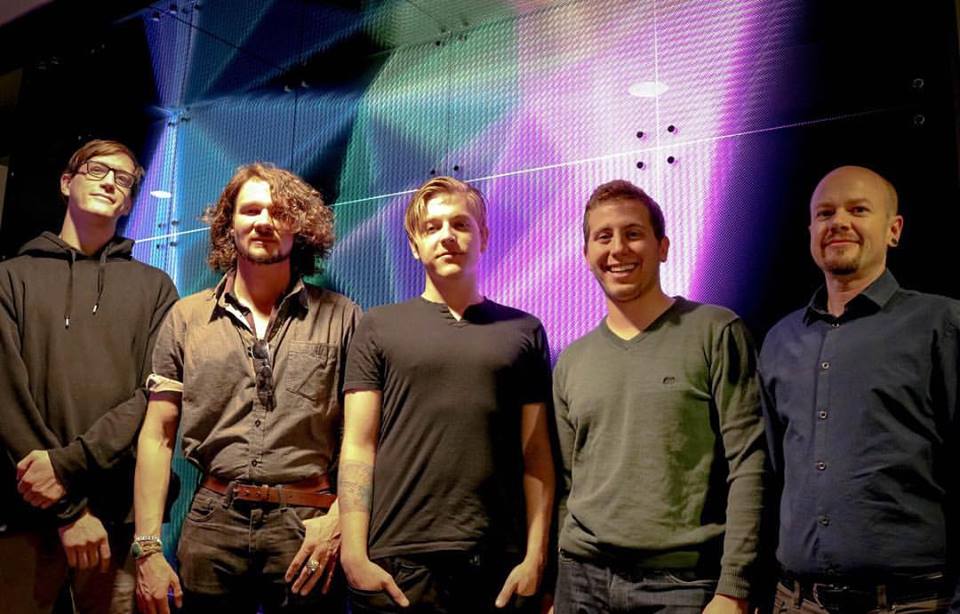


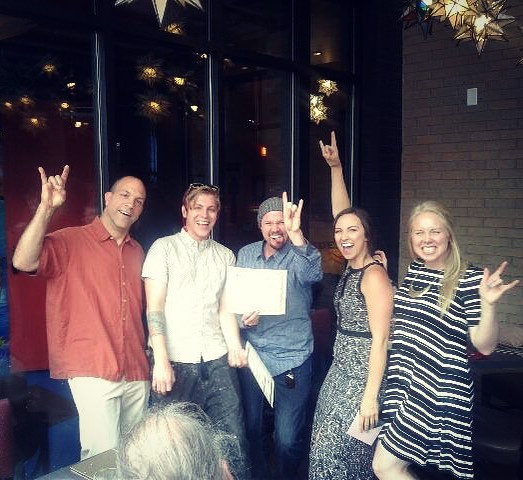




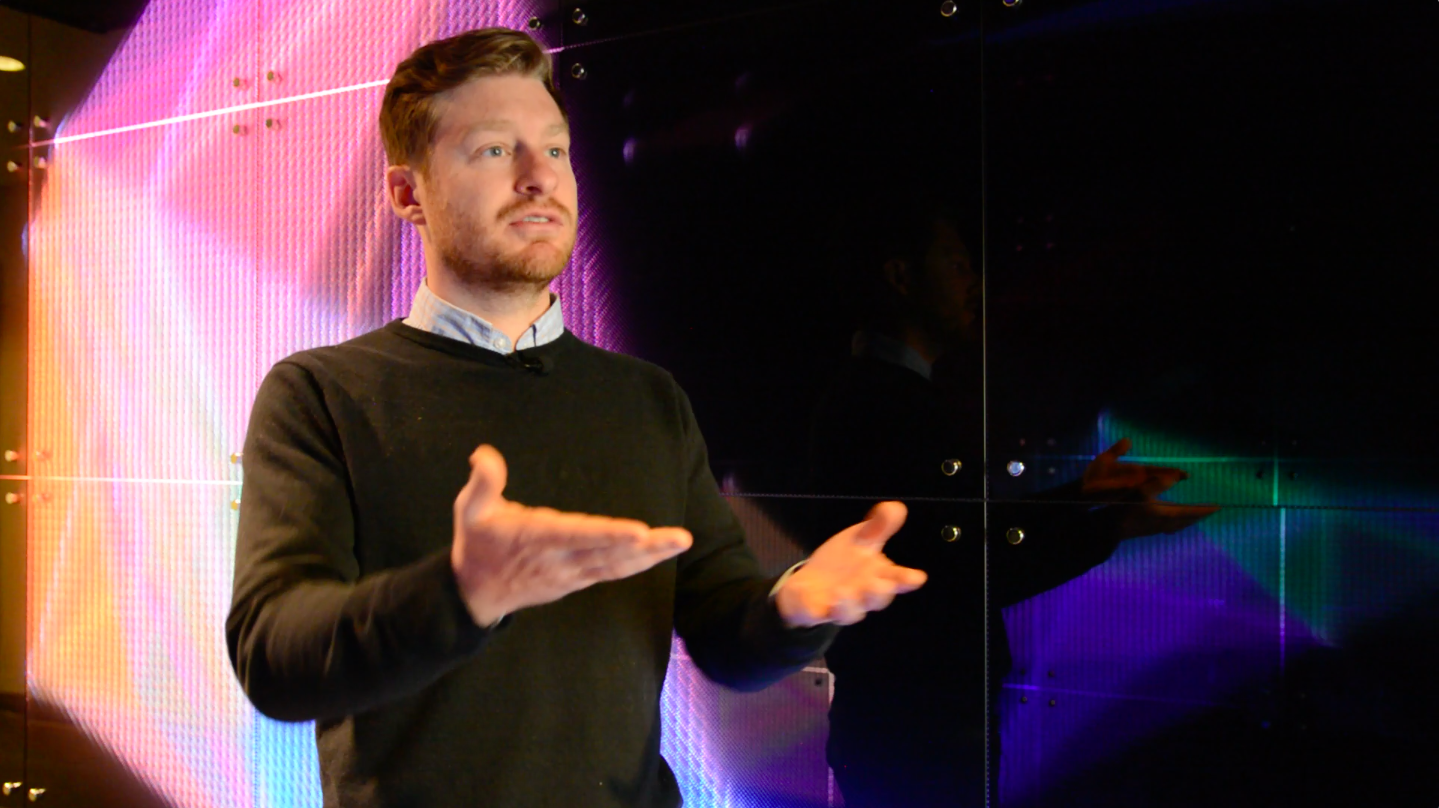
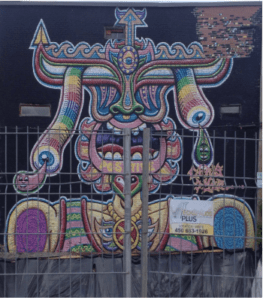

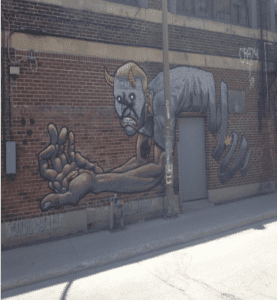
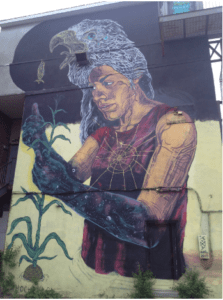
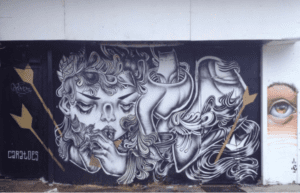

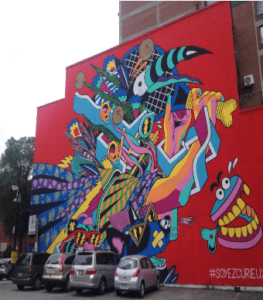

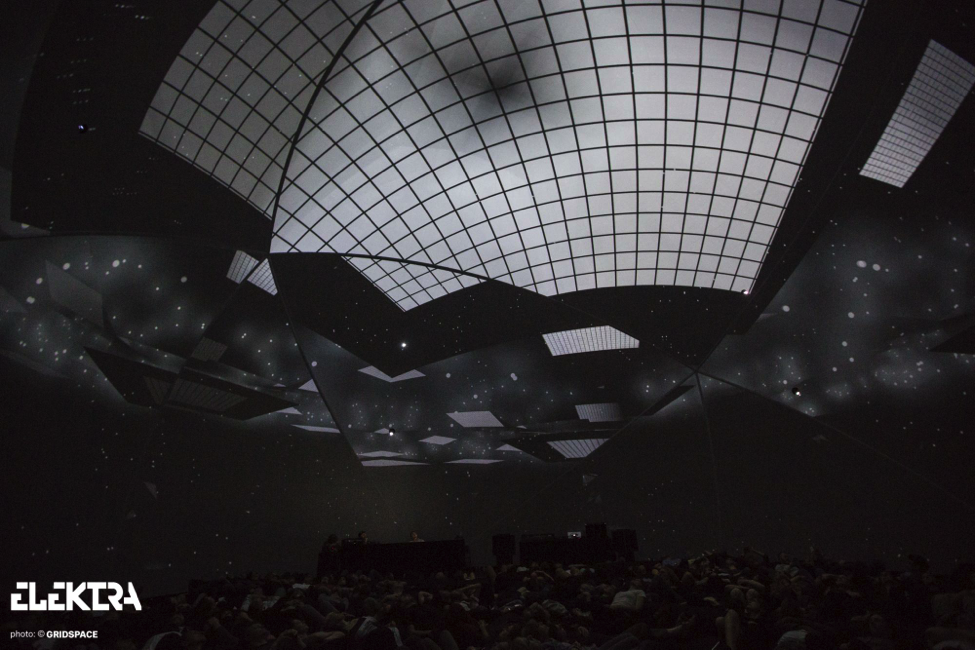

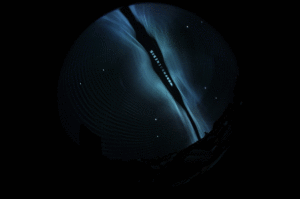
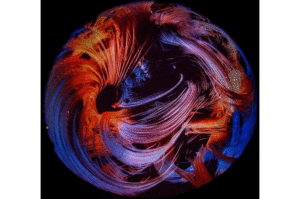
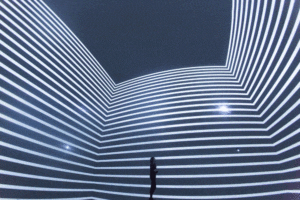

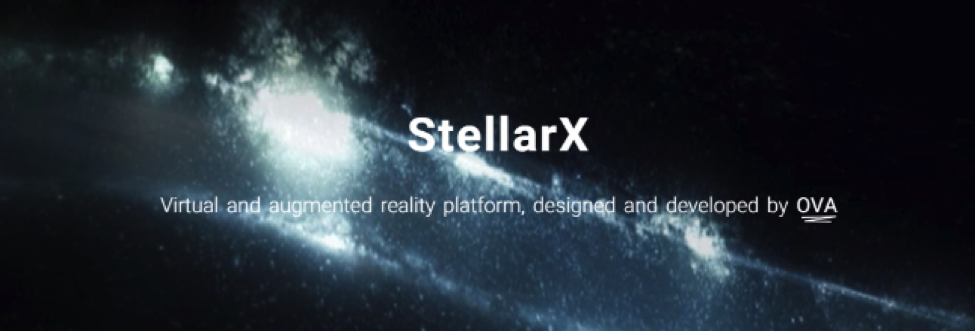

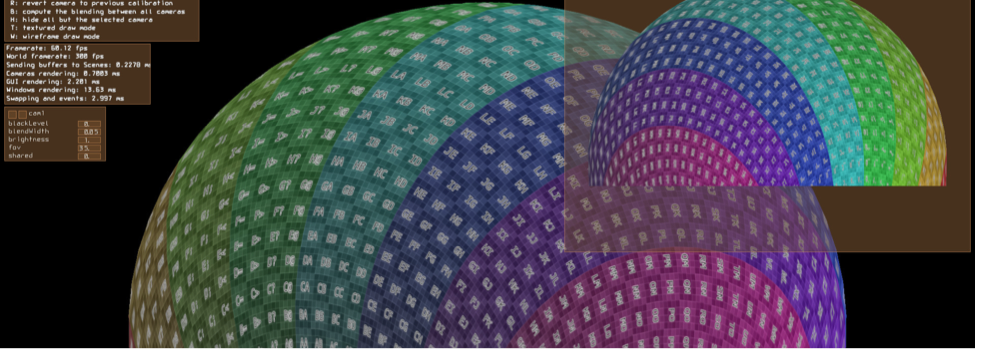





 Oscar Sol (
Oscar Sol ( The OtterBox Digital Dome Theater is located at Fort Collins Museum of Discovery. The Digital Dome Theater displays breathtaking presentations on its immersive 35-foot diameter dome screen with surround sound. They offer daily planetarium shows during museum hours, DomeClub featuring evening shows of dome art and alternative content bimonthly, and biweekly DomeLab meetings where artists can learn production skills in the dome and develop their own dome art.
The OtterBox Digital Dome Theater is located at Fort Collins Museum of Discovery. The Digital Dome Theater displays breathtaking presentations on its immersive 35-foot diameter dome screen with surround sound. They offer daily planetarium shows during museum hours, DomeClub featuring evening shows of dome art and alternative content bimonthly, and biweekly DomeLab meetings where artists can learn production skills in the dome and develop their own dome art.  Gates
Gates